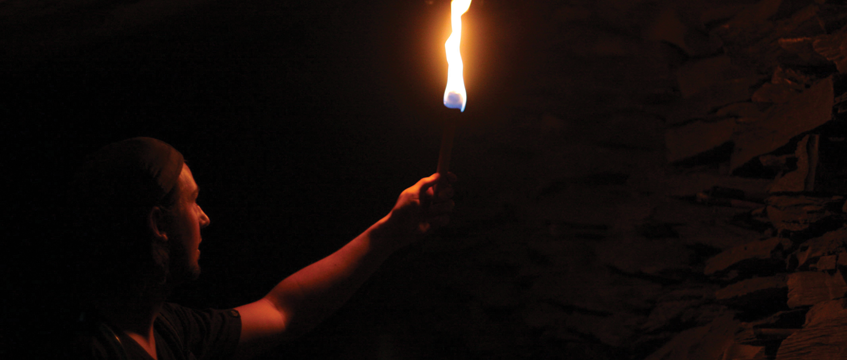A property owner has no automatic entitlement to a right to light. The right must either be established by grant (by deed, for example) or alternatively acquired once the light has been enjoyed through a defined window or aperture of a building for a period of at least 20 years (prescription).
Determining whether there has been an actionable interference to a property owner’s right to light has never been an exact science, although you would be forgiven for thinking so. Surveyors and practitioners alike are currently awaiting judgment in Sirosa Properties Establishment v The Prudential Assurance Company Ltd with anticipation and in the hope that it will provide judicial guidance on the current and future relevance and application of the “Waldram method”.
While reservations about the continued application of Waldram have been raised in a number of significant cases during the last century (most recently in Beaumont Business Centres Ltd v Florala Properties Ltd [2020] EWHC 550 (Ch); [2020] EGLR 20) there has remained a general acceptance and willingness by the court to adopt this antiquated methodology. It has provided judges with a quasi-yardstick against which they can measure relative loss. To some extent Waldram has provided certainty but at what cost?
Current practice
A property owner’s right of light is not an absolute right. Instead, the right is a degree of sufficiency – a certain amount of light – based on standards established more then 100 years ago. While methodologies existed before that established by Percy Waldram (the cones of light approach, for example), the Waldram method remains the largely accepted starting point, yet the theory has been challenged by experts and academics.
Waldram measures the value of light from the sky using a “uniform sky model” but there is no such thing as a “uniform sky”. The uniform sky model (based on the presumption of the “normal expectations of adequate light” for “ordinary purposes” by “reasonable people”) also ignores the effect of windows and frames interrupting the passage of light and internal reflection. The Waldram method takes measurements at 850mm above floor level but the reasoning for this has not been properly explained. Waldram assumes that 500 foot-candles of illuminance is available over the majority of the working day from unobstructed sky, but experts have established that, statistically, this illuminance is exceeded for most of the year. Perhaps most strikingly, and the basis of greatest challenge, is the assumption that 1 foot-candle of illuminance is sufficient for ordinary needs. While that may have been the case in the 1920s, it is hard to see reasoned application in modern society.
The methodology and application of the most appropriate daylight calculations in right to light cases goes to the heart of assessing whether there has been an actionable interference and injury and what remedy may be awarded against a developer who is found to be interfering with a property owner’s rights. Negotiated compensation settlements agreed between developer and property owner away from the doors of the court are also heavily influenced and guided by the daylight calculations adopted.
Technology for calculating and measuring light loss has advanced significantly since the Waldram model was introduced. Modelling software is now capable of analysing more accurately whether there is sufficient daylight in the room already as well as the impact on such daylight resulting from the proposed development. Existing requirements of the building for electric lighting and the use of the building are also taken into account. The software measures light over a typical year (incorporating seasonal change) and in the context of the surrounding buildings, infrastructure and terrain. Compensation and relief should be assessed on a more pragmatic and proportionate basis, settling on a test that takes all the new software modelling into account so as to enable the judge to form a realistic and informed view as to the real impact of the proposed development on the amenity of the room. A careful balance needs to be struck between protecting important rights of light and of enabling necessary development to proceed.
The court has shown itself not to be shy in granting injunctions to remedy an interference with a right. In Beaumont, the court held a building extension that substantially reduced light in an already poorly lit building was a nuisance and awarded an injunction for its demolition. An injunction is the starting point for a remedy and it is for the developer to persuade the court that financial compensation would instead be sufficient.
Practical steps
While judicial uncertainty and complexity continues to shroud rights to light, there are some risk mitigation steps that developers can adopt. Properly investigate the development site and its surroundings from the outset to find out if there is the potential for right of light claims to surface. Serve light obstruction notices on neighboring properties where the windows and apertures may have been installed for less than 20 years. Consider procuring an insurance policy to protect against the risk of any future claims. Negotiate a financial settlement with the affected property owner or look to amend the development design so as to avoid any infringement to the right to light altogether.
Alix Lee is a senior associate and Mike Scott is a partner at Cripps








